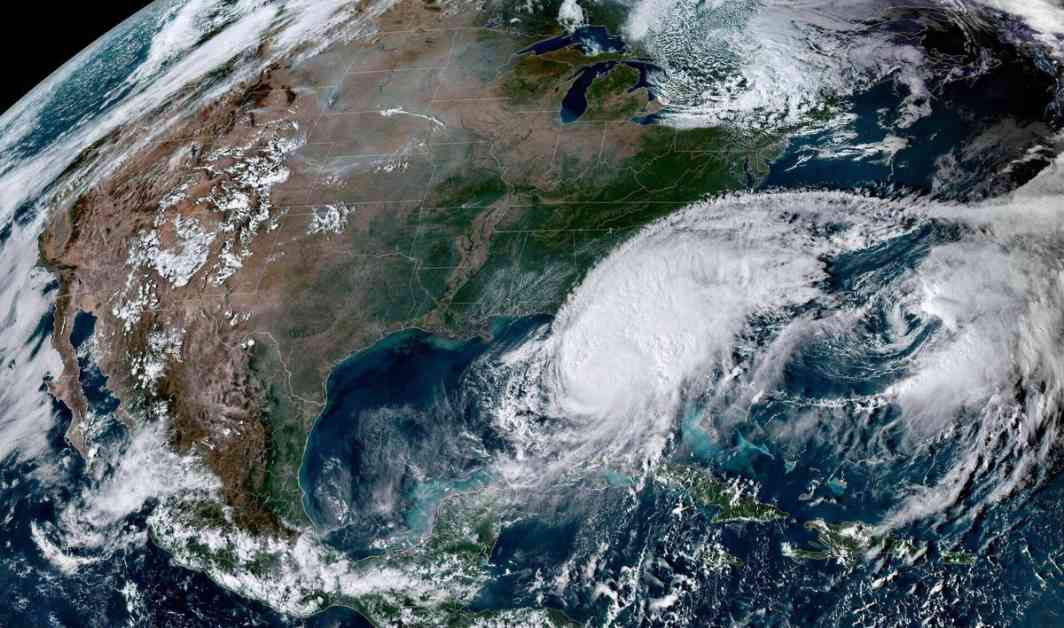Hurricane Milton recently struck Florida’s west coast, causing widespread destruction and leaving a trail of devastation in its wake. The storm intensified rapidly, going from a tropical depression to a Category 5 hurricane in just two days, which is highly unusual. This rapid intensification is a concerning trend that experts attribute to climate change and warmer ocean temperatures.
Climate change has caused ocean temperatures to rise, providing more energy for storms like Milton to form and intensify quickly. This has led to a significant increase in the likelihood of extremely active hurricane seasons, with storms becoming more powerful and dangerous. The recent back-to-back hurricanes, Helene and Milton, hitting Florida within a short span of time highlight the urgency of addressing climate change and its impact on extreme weather events.
The intensity of Hurricane Milton’s rapid intensification has set records, with its sustained wind speeds increasing by 90 mph in just 25 hours. This unprecedented rate of strengthening poses challenges for meteorologists and emergency planners in predicting and responding to life-threatening storms. Some scientists suggest revising the Saffir-Simpson scale to include a Category 6 for even more powerful storms like Milton, to better convey the level of danger they pose.
While wind speeds are a key factor in categorizing hurricanes, the real threat often comes from storm surges and heavy rainfall, which can cause widespread flooding and devastation. The impacts of storms like Milton and Helene are exacerbated by climate change, making it crucial to raise awareness about the worsening situation and take action to mitigate its effects.
As we face the new normal of increasingly powerful and rapidly intensifying hurricanes, it is essential to prioritize climate action and resilience measures to protect vulnerable communities and reduce the risks posed by extreme weather events. The lessons learned from hurricanes like Milton underscore the need for proactive measures to address the growing threats of climate change and ensure the safety and well-being of all individuals in the face of future storms.










